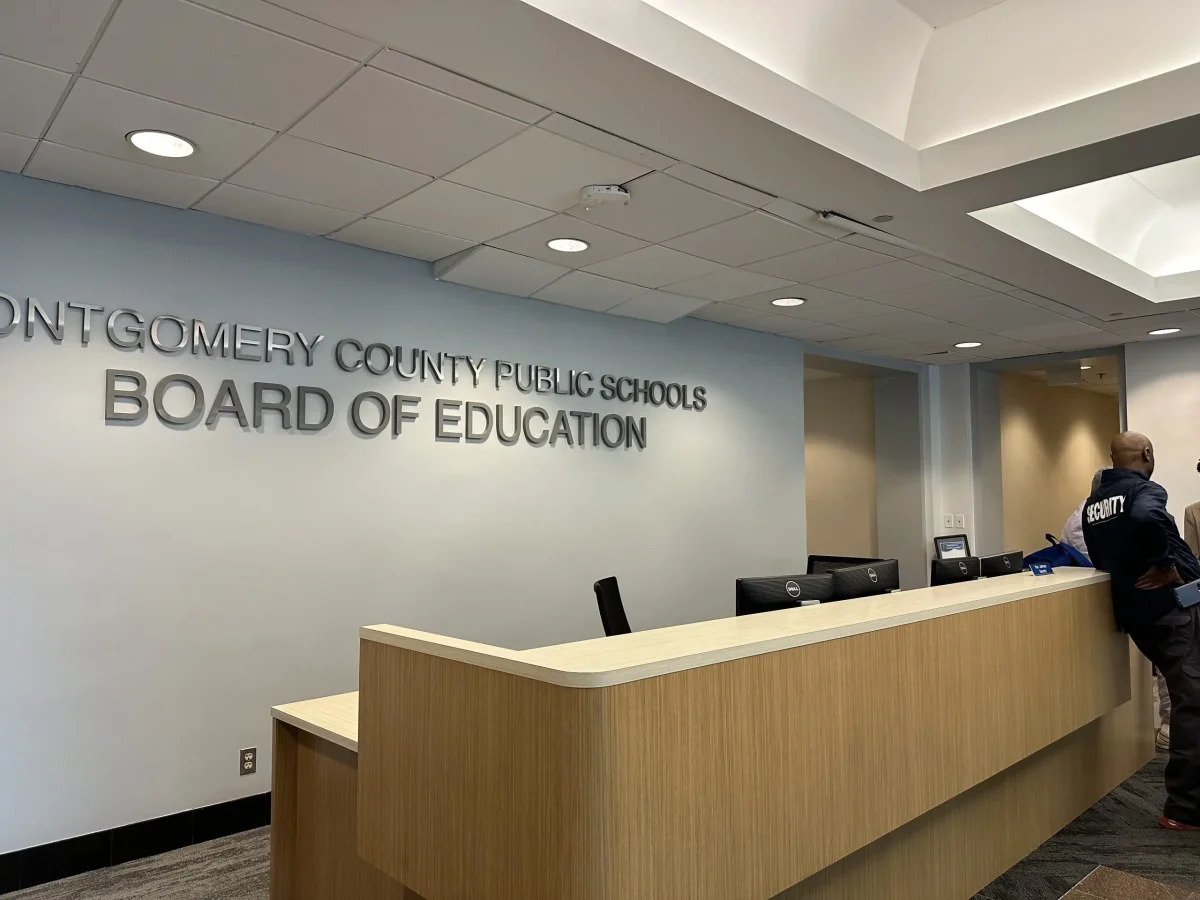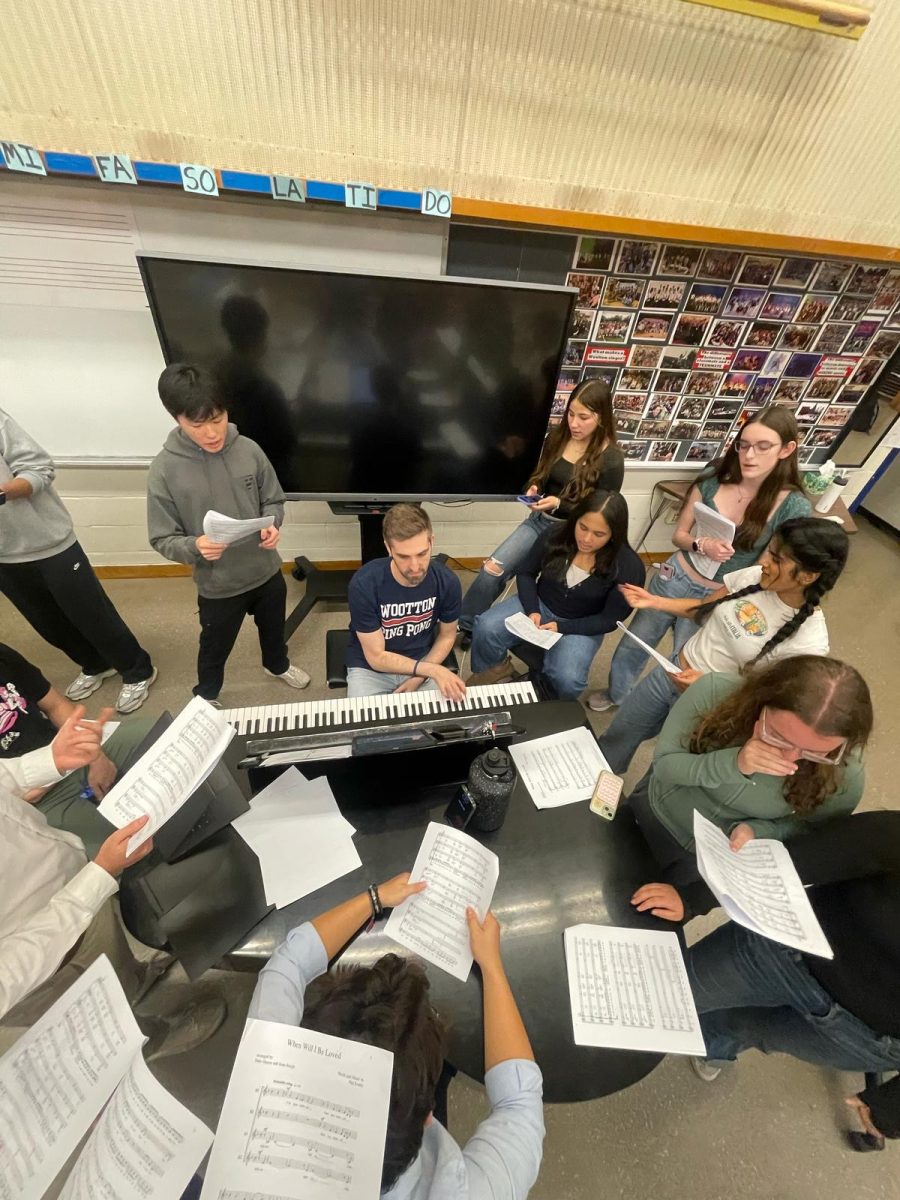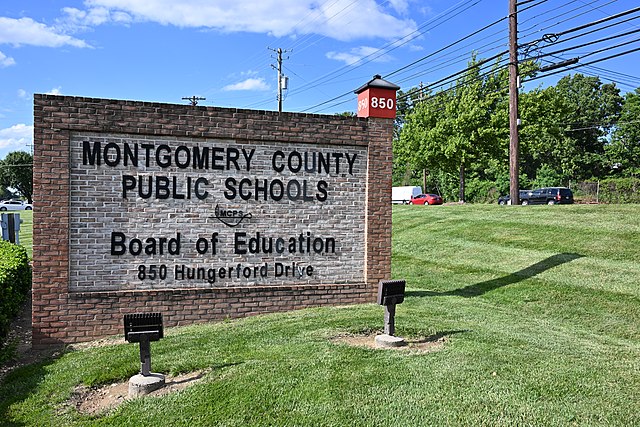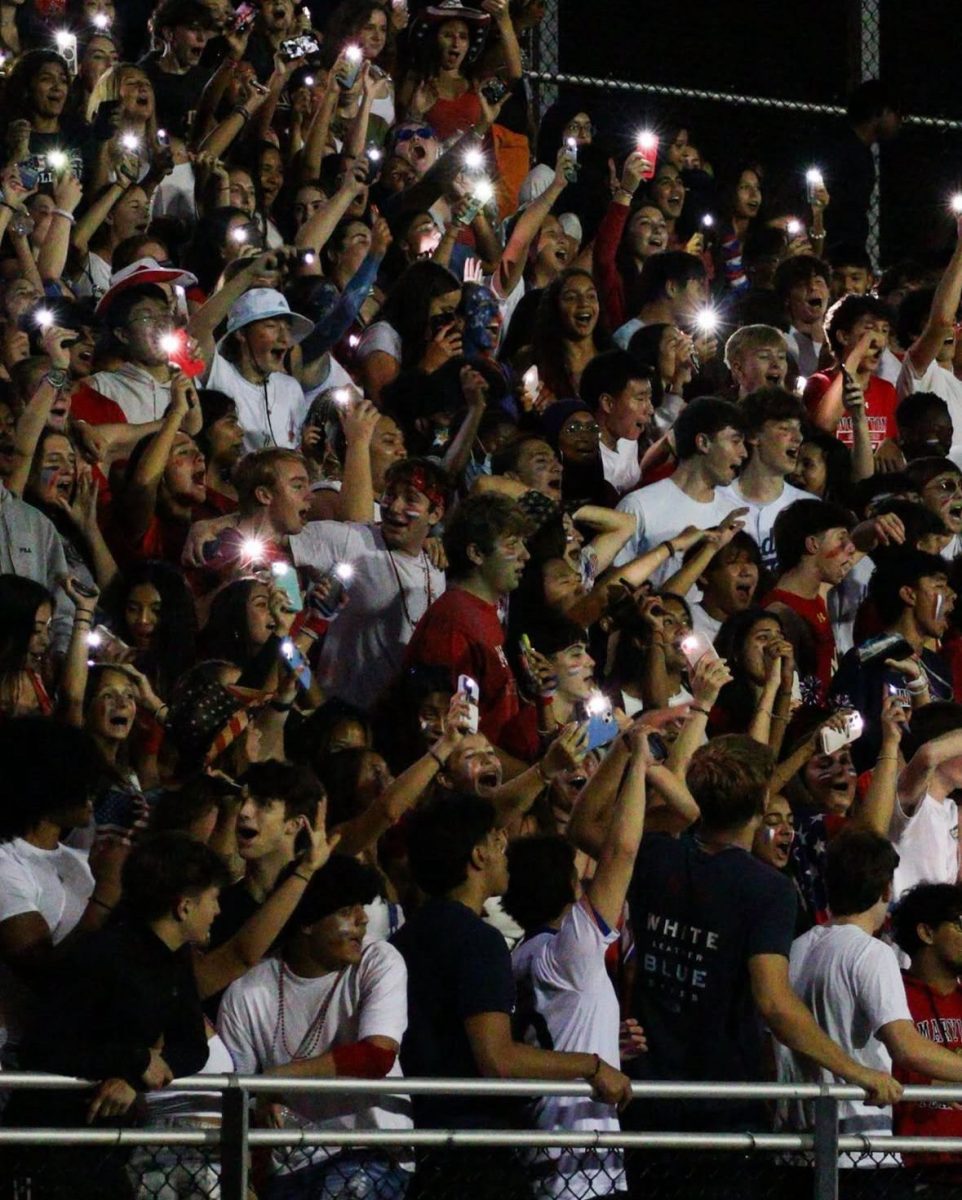Career fairs are an excellent way for high school students to learn about potential opportunities for their future such as college, vocational school, and careers. However, there is another opportunity that is not as well known: military recruiters visit high schools to try to recruit students for service.
Throughout history, the United States relied on conscription to recruit for the military. However, since the end of the Vietnam War in 1973, the U.S. has ended the draft and now relies on recruiting through marketing and enticing young people to join. Due to the difficulties of this, military recruitment numbers are at the lowest they have been in 50 years, according to KQED.
In 2015, the Every Student Succeeds Act (ESSA) was passed by former President Barack Obama, and it was a revision of the No Child Left Behind Act passed in 2002 by former President George W. Bush. The ESSA requires military recruiters to have the same level of access to students’ contact information and the school itself as a regular college recruiter would. However, according to Education Week, school administrators do not always understand this policy and often give military recruiters unrestricted access to high schools. It can be common for military recruiters to coach sports, chaperone school events and serve as substitute teachers.
This increased access to schools and students can lead to predatory behavior from recruiters, who may have full access to student contact information and work to enlist students who are eligible. For underage students, recruiters may try to encourage them to join the Future Soldier Program, which is a boot camp program over the summer.
Another program targeted at high school students is Junior Reserve Officers Training Corps (JROTC). According to the United States Army, JROTC currently operates in over 1,700 high schools, military institutions and correctional centers. In a JROTC curriculum, military history and customs are taught alongside traditional subjects such as history, math and science.
The military has historically targeted low-income youth to enlist in the military. According to the American Civil Liberties Union (ACLU), there have been instances of recruiters exaggerating financial rewards and engaging in instances of sexual abuse, calling into question whether recruitment is truly voluntary or not.
In MCPS, JROTC is only offered at five schools throughout the county: Gaithersburg, Magruder, Paint Branch, Seneca Valley and John F. Kennedy. The inclusion of JROTC at these schools is not a coincidence. More than 60% of the student population at these schools receive free and reduced meals (FARMS) compared to only 18.8% of students here, according to MCPS .
The correlation between JROTC being offered at a school and the school’s FARMS rate suggests that it is more likely for military recruiters to target schools from low-income communities. Recruiters market the financial benefits of joining the military, specifically the chance to gain higher education, while downplaying important limitations of these benefits and other risks.
The military does provide benefits to its members who wish to pursue higher education through scholarships, grants and loans. Additionally, universities often offer special educational opportunities to military members. The Military Tuition Assistance Program will pay up to 100% tuition, only if those expenses are less than $250 per credit hour. Even though the military makes higher education more accessible, it has limitations and certain requirements that must be met, which can be difficult for members to achieve.
Joining the military as a teenager has health risks. According to the American Public Health Association (APHA), military service for younger soldiers consistently has worse health effects than those who are older, including stress and substance abuse. The APHA also notes that adolescents’ underdeveloped brains result in compromised decision-making abilities, meaning they are unable to fully comprehend the life-changing consequences of choosing to enlist in the military.
In order for teenagers to understand the choices they are making, recruiters should be required to fully disclose the potential risks of service and how that could impact their future. Additionally, by providing alternatives to military enlistment that offer access to higher education, such as Americorps, a federal agency dedicated to volunteer work and helping communities around the country, students will not feel as pressured to join the military.






![The 2025-2026 Editorial Board Alex Grainger, Cameron Cowen, Helen Manolis, Emory Scofield, Ahmed Ibrahim, Rebekah Buchman, Marley Hoffman, Hayley Gottesman, Pragna Pothakamuri and Natalie Pak (Chase Dolan not pictured) respond to the new MCPS grading policy. “When something that used to be easy suddenly becomes harder, it can turn [students’] mindset negative, whereas making something easier usually has a better impact. I think that’s where a lot of the pushback comes from. But if you put emotions aside, I do think this change could help build stronger work ethic,” Ibrahim said.](https://woottoncommonsense.com/wp-content/uploads/2025/09/fqr5bskTXpn0LRQMmKErLuNKdQYBlL726cFXBaWF-1200x900.jpg)


